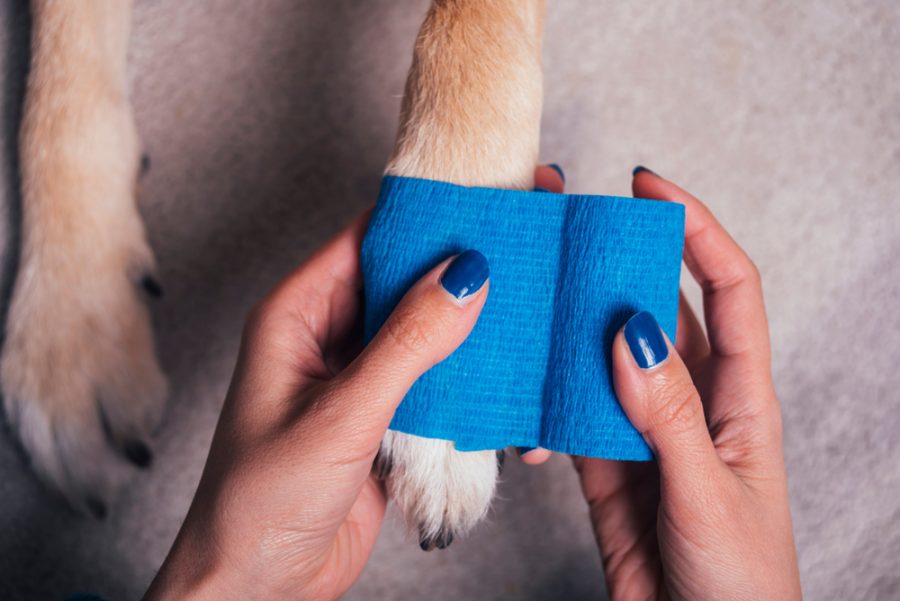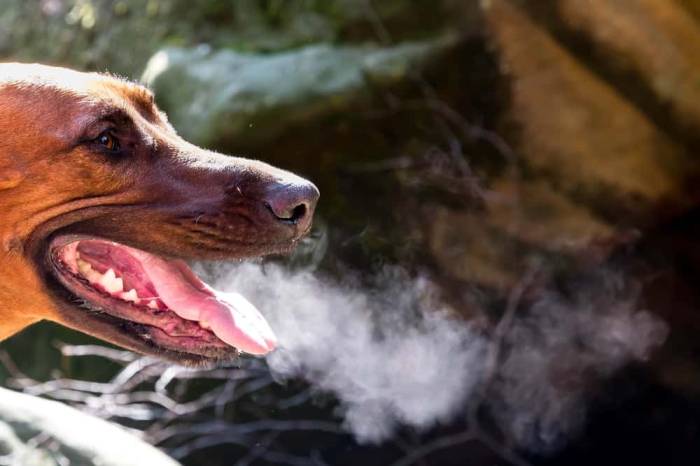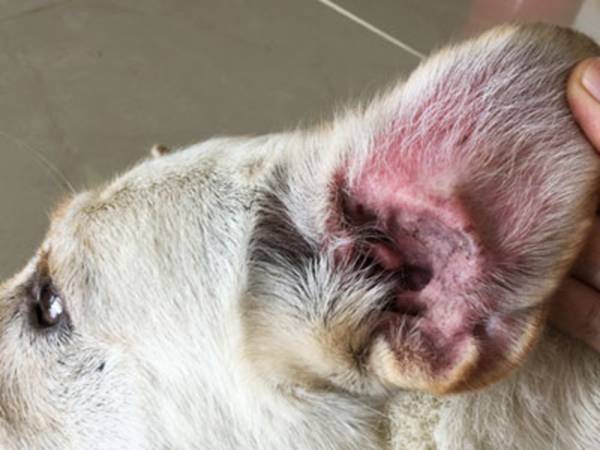For many dog parents, taking their canine buddy for a walk is a huge challenge. Some dogs detest the idea of walks, while others may be a bit too excited to go. Either way, many owners struggle with keeping their pets in check, especially if they have a habit of pulling on or escaping from their leashes. This is where switching out the usual leash and collar for a dog harness can help. Read on to learn more about the benefits of using a harness and some tips about how to choose the best one for your pet:
Connect with a verified veterinarian in minutes. Licensed vets are available 24/7 to answer your questions. No need to worry about your furry family member.
Reasons to Get a Harness for Your Dog
1. They Offer More Room for Customization
If you love getting customized dog toys and personalized pet products for your pooch, a harness offers a bigger surface area for you to design in any way that you like. You can find one in your favorite colors or choose a cool print that will complement your pet’s coat. You can even have a custom dog harness specially made for your fur baby. Harnesses seem to get a bad rep for looking awkward and uncool, but customizing them can add a lot of aesthetic appeal.
2. Safer than Choke Collars
While choke collars are quite sturdy and can keep wandering or pulling dogs in line, they’re not the safest option out there. If your canine companion is particularly strong or stubborn, a choke collar may put strain their necks and cause injuries. Since a harness wraps around the dog’s chest and back, you can effectively control and redirect their movements without putting any pressure on their neck. Click here to learn more about PAWAii No-pull Harness.
3. Better for Dogs with Respiratory Problems
For dogs who have respiratory problems due to illness or physical appearance, a collar and leash can inhibit their breathing. This can be dangerous since their airways are already compromised to begin with. With a harness, though, they can breathe easier. This can be particularly helpful when it comes to certain breeds such as pugs, French Bulldogs, and other flat-faced breeds.
4. More Secure than Collars
Since there are more attachments available on a harness, it’s more likely to stay on and not break away whenever your pet pulls on it. Additionally, you can tighten and loosen it however you want to prevent your pet from escaping.
How to Decide What Dog Harness to Get
If you’ve decided to get your furry friend a harness, you may be unsure which kind to get. To help you out, here are a few common types that you can choose from:
Vest Harness
This is the most basic type of harness. Generally speaking, it’s best for well-behaved dogs who don’t pull very hard on their leashes. Because the clip is found on the back, this prevents the leash from getting entangled in your pet’s front legs during a walk.
Front Clip Harness
If your pet tends to jump up or pull on the leash whenever they get excited, this is the best kind of harness for them. With this, you can turn them towards you so that you can bring their line of vision away from any stimulus. Many dog trainers use front-clip harnesses for this reason.
Back Clip Harness
A back clip harness offers excitable canines a bit more leeway since their owners can simply hold them back whenever they pull or suddenly jump. For optimal control, a harness with a front clip and back clip is ideal for active or unruly pets.
Tightening or Control Harness
For possibly dangerous or untrained dogs, a tightening or control harness works best for them. These are designed to constrict around a dog’s body and cause them discomfort whenever they tug and pull on it. This type of harness is best for experienced trainers and owners since improper handling and incorrect harness sizes can end up hurting the dog.
Support Harness
For dogs that are recovering from an injury or have impaired mobility, experts recommend the use of a support harness. These are designed to make it easier to lift the dog and assist them in moving around. Support harnesses can also be worn for long periods, which means your pet can keep them on at home even if you’re going out for a walk.
Before buying any kind of harness, make sure to try it on your fur baby so that you can get one that fits them perfectly. Additionally, try to find a harness with an ID pocket so that you can put important information on it in case your furry friend gets lost. You’ll want to include your name and phone number as well as your dog’s health conditions and medications, if necessary.
It can be intimidating to figure out how harnesses work and which ones are best for your fur baby’s needs. Hopefully, these tips have helped you in making a more informed purchase.
Connect with a verified veterinarian in minutes. Licensed vets are available 24/7 to answer your questions. No need to worry about your furry family member.

Tom
Tom has always loved to write since he was little - he wanted to be either a writer or a veterinary doctor, but he ended up being a professional writer while most of his works are based on animals. He was born in San Francisco but later moved to Texas to continue his job as a writer. He graduated from the University of San Francisco where he studied biotechnology. He is happily married and a soon to be father!
Review symptoms, medications & behavior to keep your pets healthy with a Vet Online in just minutes.
Ask a Vet Live Now



